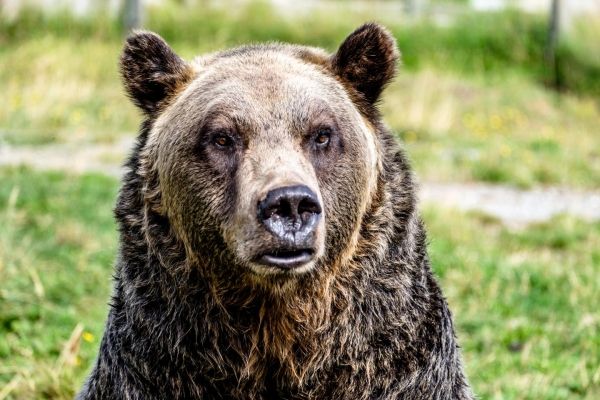With habitat loss threatening the extinction of an ever-growing number of species around the world, many wildlife advocates and conservation professionals rely on the proverbial ‘canary in the coal mine’—monitoring and protecting a single representative species—to maintain healthy wildlife biodiversity.
But new research from UBC’s Okanagan campus suggests that habitats are better served if conservation efforts focus on a collection of species rather than a single ‘canary.’
“Efforts around the world are going into countering a decline in biodiversity,” says Adam Ford, study author and Canada Research Chair in Wildlife Restoration Ecology at UBC Okanagan. “While we would love to be able to protect all habitats for all species, organizations tend to focus their efforts on a few species and not everyone shares the same priorities.”
That, he says, is where the idea of surrogate species—or the canary in the coal mine—comes into play. But it’s not without its drawbacks.
Read more at University of British Columbia Okanagan Campus
Image: UBC Okanagan researcher argues against relying only on charismatic species like the grizzly bear for gauging habitat health. (Credit: Nathan Skolski)


